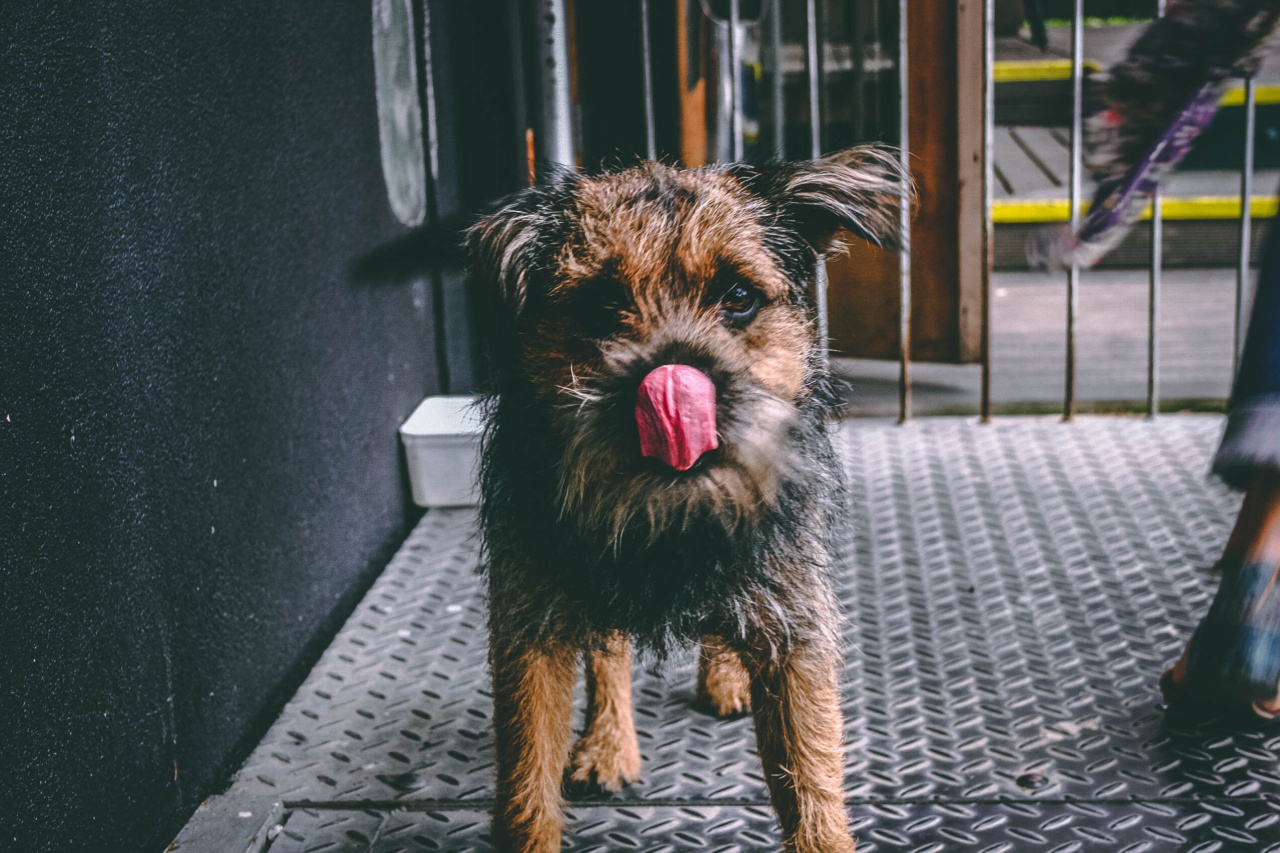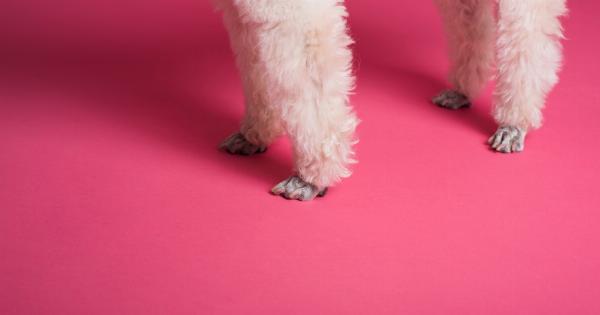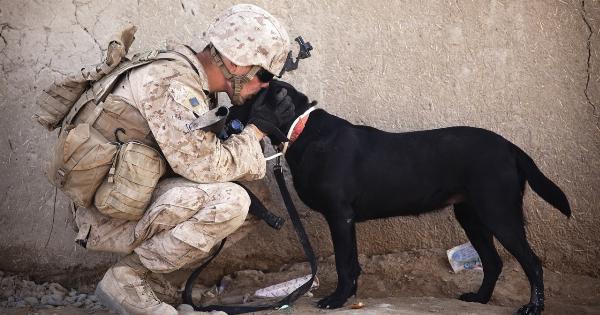It’s no secret that dogs love to lick everything in sight. Whether it’s a quick lick to say hello or a thorough bath for themselves or their human companions, dogs seem to have an insatiable need to lick.
But how much licking is normal, and when should you be concerned? In this article, we will explore the reasons behind dog licking and help you determine whether it is a harmless behavior or something that requires intervention.
Reasons Behind Dog Licking
Dogs lick for various reasons, and most of the time, it is perfectly normal behavior. Here are some of the common reasons behind dog licking:.
1. Affection and Communication
Licking is a way for dogs to show affection and communicate with their pack members. It is often seen as a gesture of love and bonding. When dogs lick you, they are trying to convey their emotions and establish a connection.
2. Grooming
Just like cats, dogs groom themselves through licking. They use their tongues to clean their fur, removing dirt, debris, and loose hair. It helps to keep their coats clean and healthy.
3. Soothing and Comforting
Licking can have a soothing effect on dogs. It releases endorphins, which are natural feel-good hormones, and can help them relax and reduce stress or anxiety.
4. Investigation and Exploration
Licking is also a way for dogs to investigate and explore their surroundings. They use their tongues to gather information about objects, people, and even other animals. It’s their way of understanding the world around them.
When Does Dog Licking Become a Concern?
While licking is a normal behavior for dogs, excessive or compulsive licking can be a cause for concern. Here are some signs that indicate your dog’s licking might be a problem:.
1. Obsessive licking
If your dog keeps licking the same spot on their body excessively, it could be a sign of an underlying issue. Continuous licking can lead to skin irritation, inflammation, or even infections.
It’s important to address the cause behind the excessive licking.
2. Compulsive licking
Sometimes, dogs develop compulsive licking behaviors, where they lick objects or surfaces excessively for no apparent reason. This could be a sign of anxiety, boredom, or a compulsive disorder.
If your dog’s licking becomes repetitive and compulsive, it’s best to consult with a veterinarian to rule out any underlying medical or behavioral issues.
3. Swollen or red skin
If your dog’s licking causes their skin to become swollen, red, or irritated, it could be a sign of an allergic reaction or an underlying skin condition. Allergies, infections, or even fleas can cause dogs to lick their skin excessively.
It’s important to identify the underlying cause and provide appropriate treatment.
4. Changes in behavior or appetite
If your dog’s licking behavior is accompanied by other changes in behavior, such as aggression, lethargy, or loss of appetite, it could indicate an underlying health issue.
Licking can sometimes be a symptom of pain or discomfort, so it’s essential to observe your dog’s overall well-being.
When to Seek Veterinary Advice
If you’re unsure whether your dog’s licking is normal or a cause for alarm, it’s always best to consult with a veterinarian.
They can assess your dog’s overall health and behavior, perform necessary tests, and provide appropriate guidance or treatment options.
Managing Excessive Licking
If your dog’s licking is excessive but not associated with an underlying medical or behavioral issue, there are a few strategies you can try to manage the behavior:.
1. Distraction
Redirect your dog’s attention by engaging them in interactive play, offering toys, or providing mentally stimulating activities. Keeping them occupied will help reduce their inclination to lick excessively.
2. Regular Exercise
Ensure your dog gets sufficient physical exercise. Regular walks and playtime can help reduce anxiety or boredom, which are often underlying causes of excessive licking.
3. Environmental Enrichment
Provide your dog with a stimulating and enriching environment. Interactive toys, puzzle feeders, and treat-dispensing toys can help keep their minds engaged and occupied.
4. Consult with a Professional
If your dog’s licking persists despite your efforts, consulting with a professional dog trainer or animal behaviorist can be beneficial.
They can assess your dog’s behavior, identify underlying triggers, and provide customized solutions to manage the licking behavior.
Closing Thoughts
While dog licking is mostly a normal behavior for our canine companions, it’s essential to monitor it and recognize when it becomes excessive or concerning.
Addressing excessive licking early on can prevent potential health issues and improve your dog’s overall well-being. Remember, when in doubt, always consult with a veterinarian for expert guidance.






























